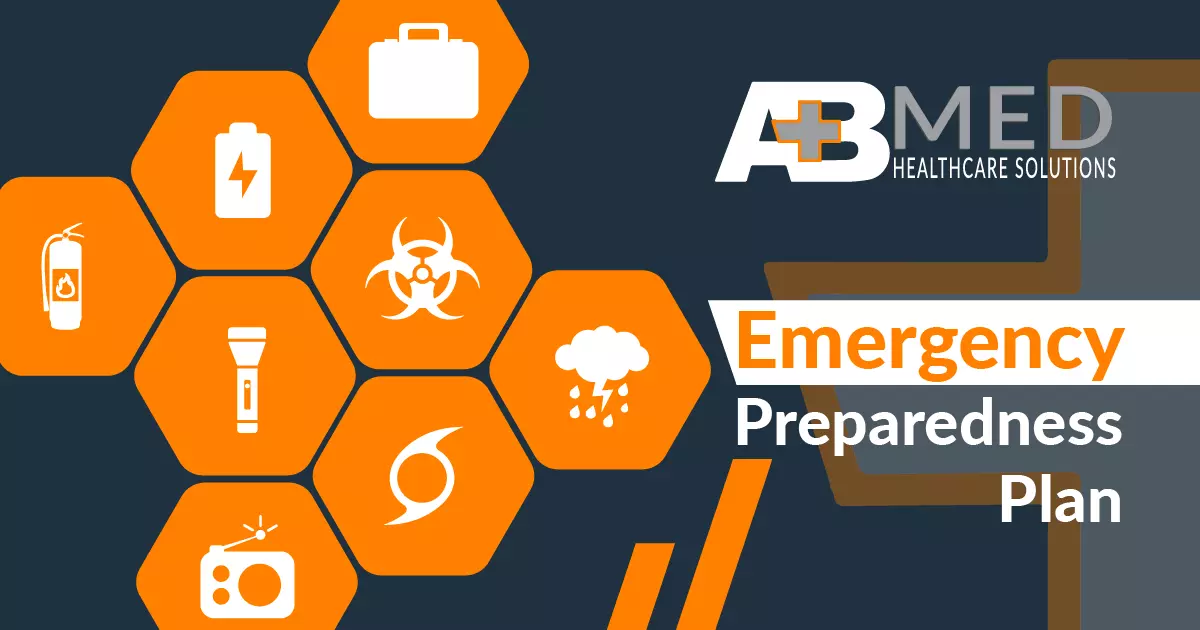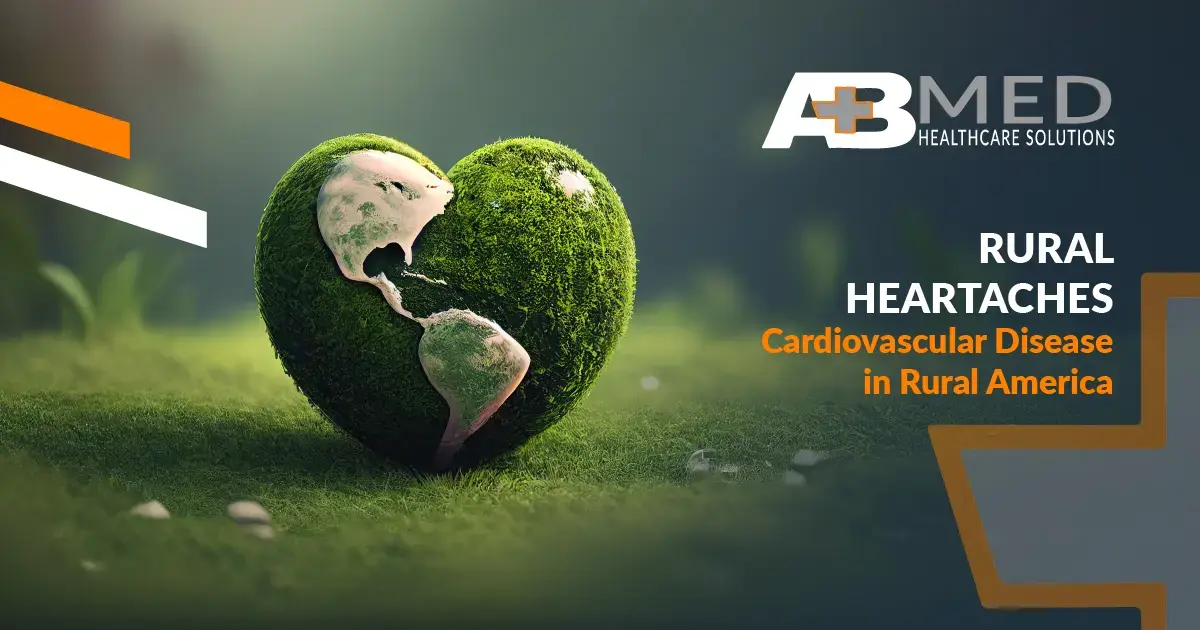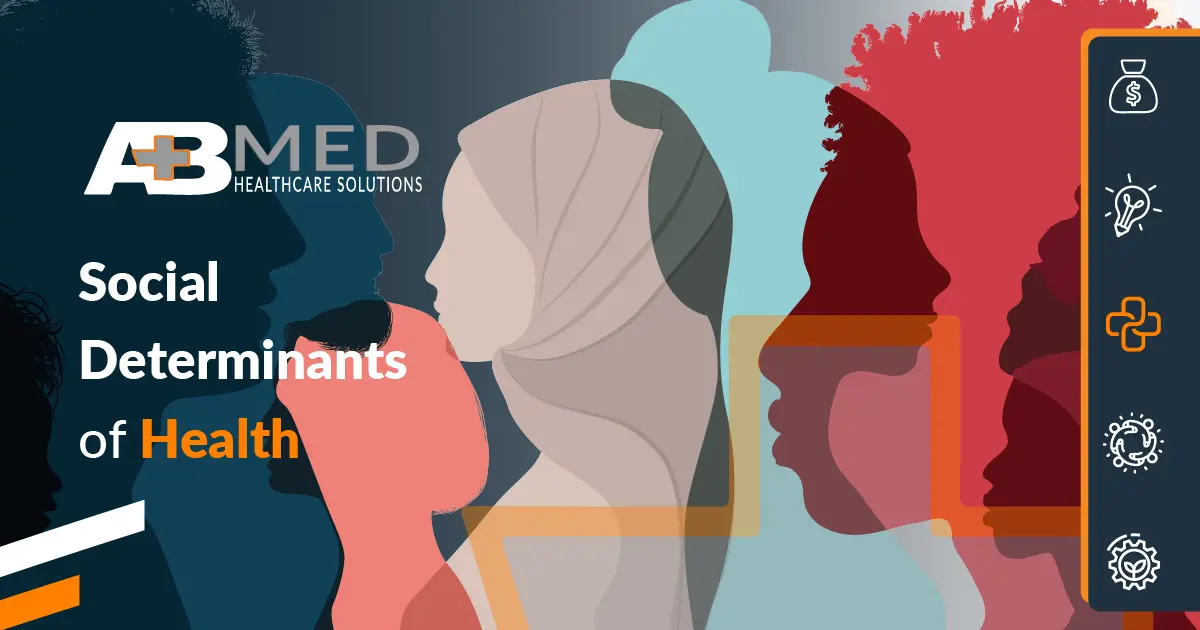The COVID-19 pandemic, extreme weather, and many other disasters have made it increasingly clear how necessary it is for communities to have a robust emergency preparedness plan in place.
According to a 2018 National Association of Counties report, natural and human-made disasters have grown in “both frequency, severity and cost,” with almost 1 in 4 counties experiencing a disaster in each of the three prior years. [I]
Creating and maintaining strong emergency preparedness plans should be a priority for local health departments, government agencies, and healthcare leaders across the country. This report will provide insight into what is an emergency preparedness plan, its importance, and some ways you can improve yours.
What is an Emergency Preparedness Plan
For most communities, it’s not a question of whether a disaster will strike but rather when.
Being prepared can make an enormous difference in your community’s ability to respond adequately and quickly when faced with unforeseen crises. In emergencies, people often look to their community officials, government, and healthcare leaders for direction and guidance, expecting them to act swiftly and strategically to minimize the effects of the disaster—whatever they may be.
According to the CDC, community preparedness is “the ability of communities to prepare for, withstand, and recover from public health incidents in both the short and long term.” [ii]
While at first, you might assume that “public health incidents” only include direct threats of disease and illness (as seen with the COVID-19 pandemic). However, almost all natural and human-made disasters can severely impact public health and well-being. Hazards such as earthquakes, mass shootings, or even power outages directly correlate with the affected community’s public health.
The Role of Local Health Departments and Local Leadership
When major and minor disasters occur, communities are typically forced to rely on local resources and leadership as a first response. [ii] It can often take days or even weeks to receive state or federal assistance. Hence local health departments and leaders must be well-prepared for public health challenges to secure the health and safety of their communities.
According to NACCHO, the National Association of County and City Health Officials, “Local health departments play a key role in achieving national health security by preparing their communities for disasters, responding when emergencies occur, and lending support through the recovery process.” [iii]
Creating and maintaining a strategic emergency preparedness plan is a smart way to protect and be proactive about the health and wellness of your community. As part of their State and Local Readiness Public Health Emergency Preparedness Response Capabilities Report, the CDC states, “all state, local, tribal, and territorial emergency response stakeholders must be prepared to coordinate, cooperate, and collaborate with cross-sector partners and organizations at all governmental levels when emergencies occur, regardless of the type, scale, or severity.” [ii] A well-designed and operative plan makes it much easier for all these different community stakeholders to respond quickly and effectively in the face of an emergency.
How to Improve Emergency Preparedness in Your Community
Every emergency preparedness plan will look different depending on the specific community needs. Population size, geographic location, and even current infrastructure will influence the details of the plan itself and how it is created and maintained.
However, emergency plans should incorporate guiding best practices.
For example, the CDC’s Public Health Emergency Preparedness Program “works to advance six main areas of preparedness, so state and local public health systems are better prepared for emergencies that impact the public’s health.” [iv]
The six domains of Preparedness
- Community Resilience
- Incident Management
- Information Management
- Countermeasures and Mitigation
- Surge Management
- Biosurveillance
If your community needs to create an emergency preparedness plan from scratch, these six domains are the foundation.
For more detailed recommendations and insights, you can check out the CDC’s 2018 Public Health Emergency Preparedness and Response Capabilities: National Standards for State, Local, Tribal, and Territorial Public Health report [v]. Local communities can use this framework to assess their current state, determine strategies, and develop plans. [ii] You can also use these standards to uncover and measure the areas in which your plan needs the most improvement.
In March of 2018, the National Association of Counties conducted a national survey of emergency management in county governments. We’ve included two of their key findings here to show examples of how your community could potentially improve its emergency preparedness:
- “About two-thirds of counties use social media to communicate risk before and after a disaster; although 12 percent of counties do not have social media accounts.” [I]
- “64 percent of counties have held a county-wide disaster preparedness drill within the past year. 19 percent have not done so in more than two years.” [I]
Based on these findings, if your local health department doesn’t leverage social media as a communications tool or regularly conducts preparedness drills, those may be things to consider adding to your plan. And if you know your emergency preparedness plan needs improvement but are at a loss for where to begin, we can help.
Partnering to Improve Resiliency
Our team at AB Med is ready to help local governments and healthcare systems create, update, or revise their emergency preparedness plans. We can partner with you throughout the entire process, from brainstorming new strategies to implementing and executing them in practice. So let’s work together to develop an emergency preparedness plan to help your community respond quickly and efficiently when the next disaster strikes. Let’s Connect.
COVID-19 Disclaimer
At AB Med, accuracy is our highest priority, and everything we publish is up-to-date based on research and news at the time of release. However, due to the continually evolving nature of COVID-19, we are aware that available data changes quickly. The available data and recommendations may have changed since this article’s publication. Please check the CDC, WHO, and your local health department for the most current recommendations and news.
REFERENCES & RESOURCES
- MANAGING DISASTERS AT THE COUNTY LEVEL: A NATIONAL SURVEY. (2019). [online] Available at: https://www.naco.org/sites/default/files/documents/Emergency%20Management%20in%20County%20Government_03.25.19.pdf [Accessed 7 Sep. 2022].
- Anon, (2019). Public Health Preparedness Capabilities: National Standards for State and Local Planning. [online] Available at: https://www.cdc.gov/cpr/readiness/capabilities.htm.
- www.naccho.org. (n.d.). Public Health Preparedness – NACCHO. [online] Available at: https://www.naccho.org/programs/public-health-preparedness.
- www.cdc.gov. (2021). CDC’s Public Health Emergency Preparedness Program: Every Response is Local | CDC. [online] Available at: https://www.cdc.gov/cpr/readiness/sixdomains.htm.
- CDC (2018). Public Health Emergency Preparedness and Response Capabilities National Standards for State, Local, Tribal, and Territorial Public Health Centers for Disease Control and Prevention Center for Preparedness and Response. [online] Available at: https://www.cdc.gov/cpr/readiness/00_docs/CDC_PreparednesResponseCapabilities_October2018_Final_508.pdf.
By: Erik McLaughlin MD, MPH and Aikaterini Papadopoulou, B.Arch






